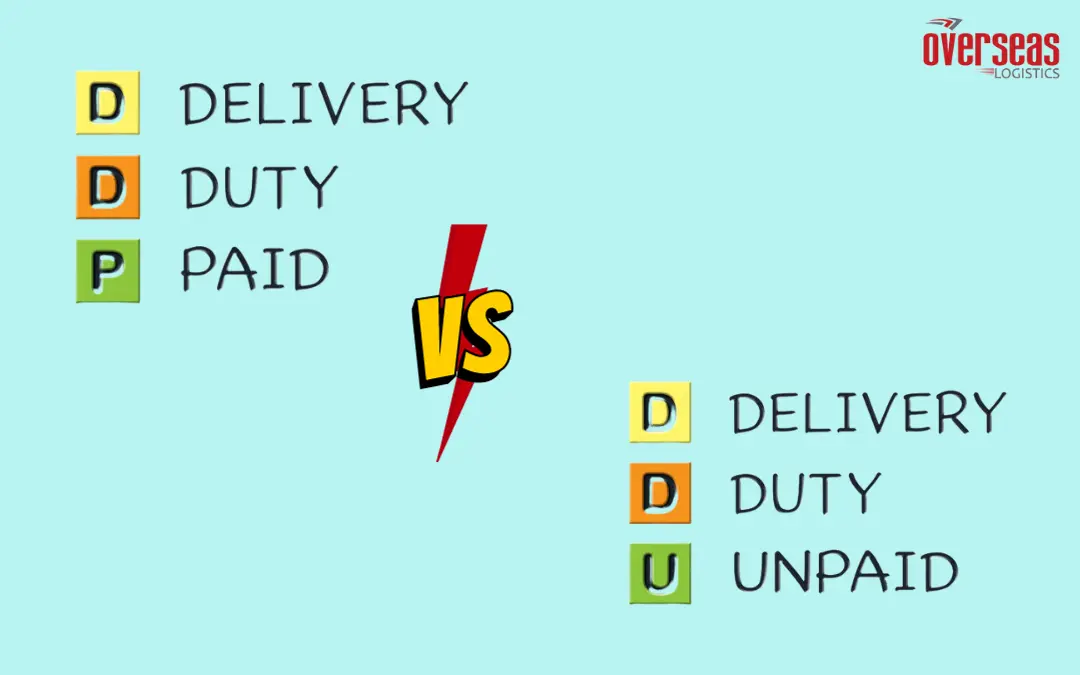In the dynamic world of international trade, understanding the nuances of shipping terms is crucial for seamless operations. Two terms that often perplex businesses engaged in global commerce are DDP (Delivered Duty Paid) and DAP (Delivered at Place). Let’s delve into the intricacies of these shipping terms to empower you with the knowledge needed for informed decision-making.
DDP Shipping
DDP, or Delivered Duty Paid, is a shipping arrangement where the sender bears all the responsibilities and costs of transporting goods until they reach the receiver’s specified location. This includes not only the cost of shipping but also customs duties, taxes, and any other charges incurred during the transit process.
Key Features of DDP Shipping
- End-to-End Responsibility: With DDP, the sender takes charge from the point of origin to the final destination, ensuring a hassle-free experience for the reciever.
- Inclusive Costs: The reciever receives the goods with all expenses covered, leaving no surprises or additional charges upon delivery.
- Customs Clearance: senders managing DDP shipments handle customs clearance, sparing the reciever from the complexities of navigating international regulations.
DAP Shipping
DAP, or Delivered at Place, represents a shipping arrangement where the sender is responsible for delivering goods to a named place. Still, the reciever assumes the risks and costs associated with customs clearance, duties, and taxes.
Key Aspects of DAP Shipping
- Flexible Delivery Locations: DAP provides flexibility as goods can be delivered to various locations as agreed upon by the reciever and sender.
- Receiver’s Customs Responsibilities: Unlike DDP, DAP places the onus of customs clearance and associated costs on the receiver, requiring a thorough understanding of local regulations.
- Cost Allocation: While the sender covers shipping expenses, the reciever assumes responsibility for customs duties and other relevant charges.
Choosing Between DDP and DAP: Factors to Consider
1. Risk Tolerance and Control:
- DDP: Ideal for the receiver seeking a hands-off approach with the sender managing all aspects, providing a sense of security.
- DAP: Suitable for receivers who want more control over the customs clearance process, accepting associated risks.
2. Budgetary Considerations:
- DDP: Offers predictability with all costs included, making budgeting straightforward.
- DAP: Allows the receiver to optimize costs by managing customs-related expenses but requires meticulous planning.
3. Geographical Scope:
- DDP: Well-suited for shipments to countries with complex customs procedures, where local expertise is essential.
- DAP: Provides flexibility for receivers familiar with local regulations, especially in regions with straightforward import processes.
Conclusion
In the DDP vs DAP dilemma, there is no one-size-fits-all solution. Your choice depends on risk tolerance, budget considerations, and familiarity with local customs procedures. Assess your business needs carefully to make an informed decision that aligns with your operational strategy.
FAQs
Is DAP better than DDP?
Yes, for many senders, DAP is better. senders may prefer DAP to save costs and have more control over the shipping process.
What is the difference between DAP, DDU and DDP?
DDP: Delivered Duty Paid. The sender pays all import fees before the import crosses borders. This includes duties, import clearance, and any taxes.
DAP: Delivered At Place. The sender is responsible for all costs except duty taxes and customs clearance in the importing country.
DDU: Delivered Duties Unpaid. Upon delivery, the reciever pays all import customs clearance, duties, and taxes.
What is the difference between DAP, DPU, and DDP?
In DAP and DDP, the sender delivers, not unloaded, whereas in DPU, the sender delivers unloaded.
Who pays for DAP shipping?
The sender pays for all freight charges in Delivered At Place (DAP) shipping.

